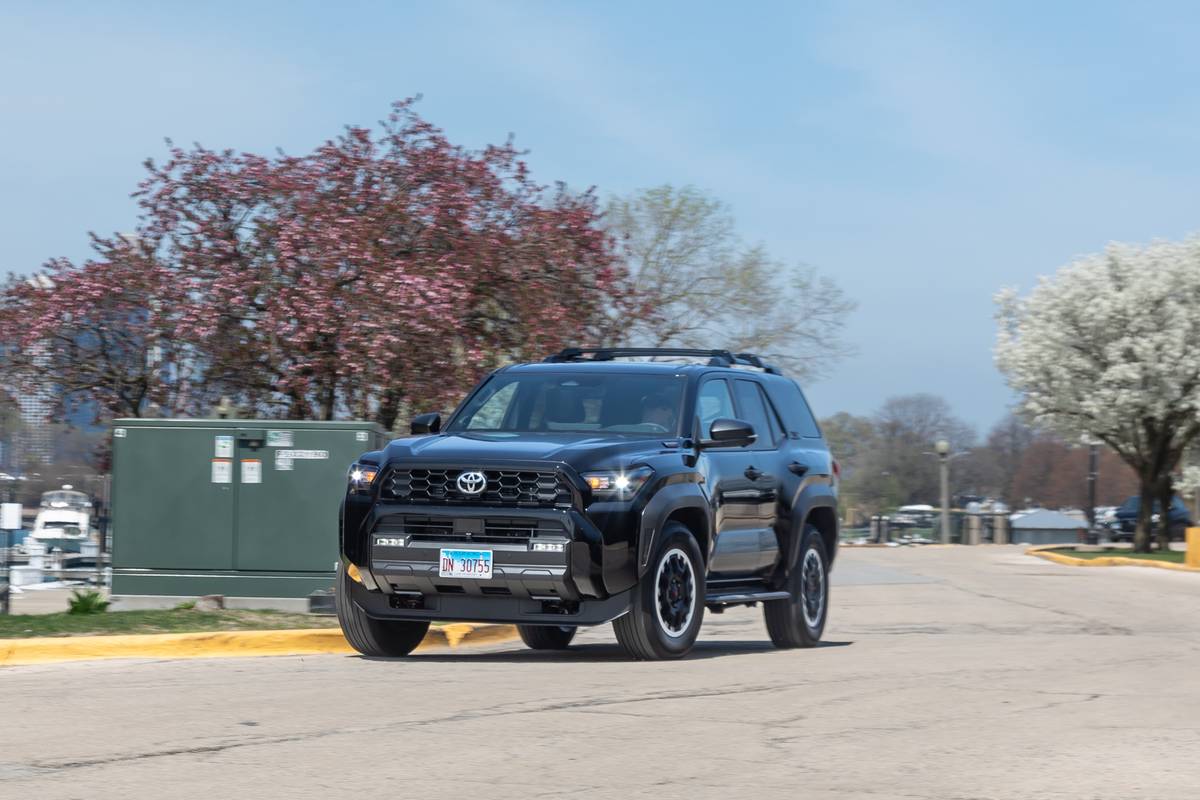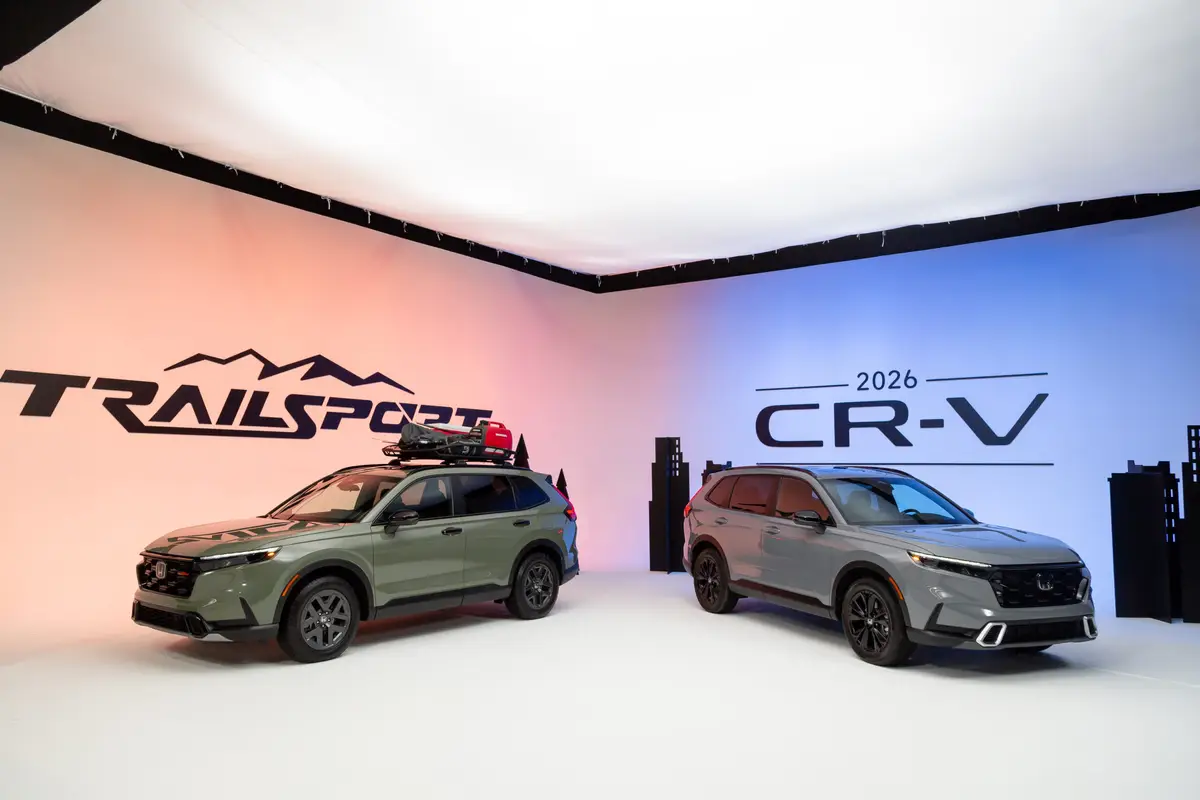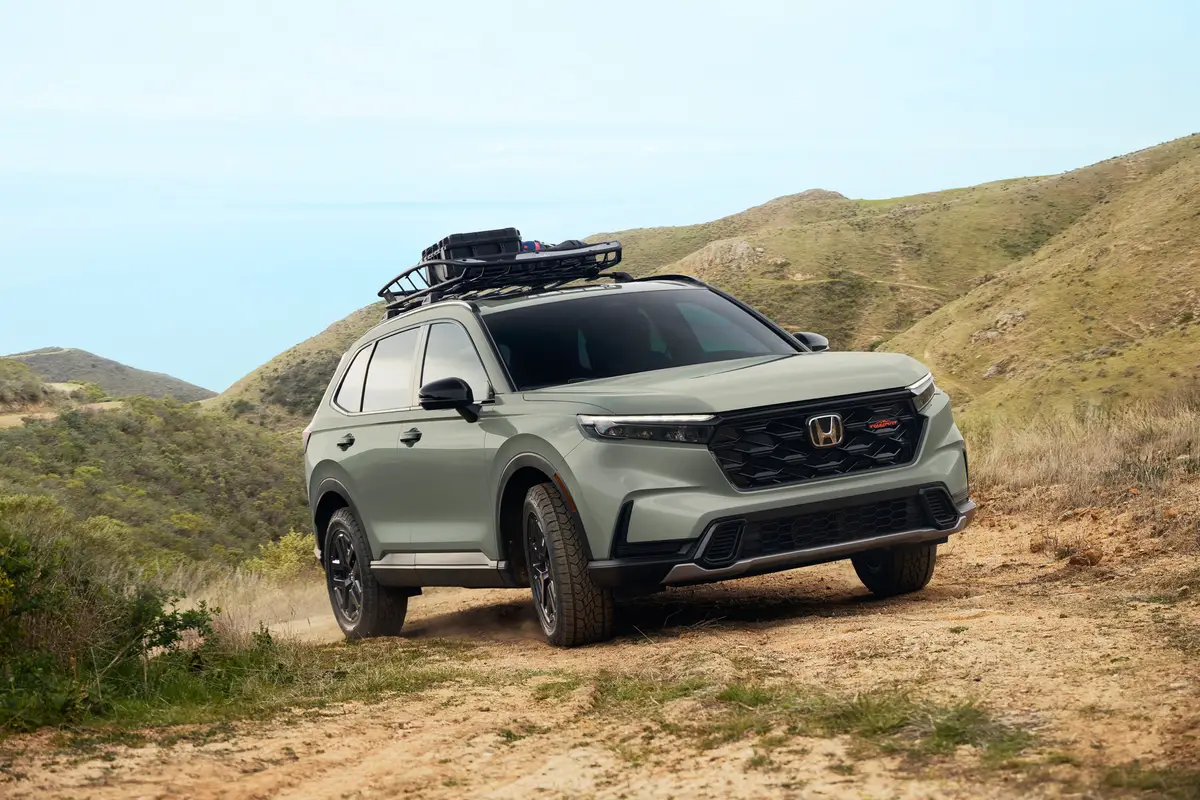IndyStar.com's view
The Ford Motor Co. explored new worlds with its sport utility Ford Explorer. So it is only fitting that the company climb the highest mountain with its 1997 Mercury Mountaineer.
After Mercury dealers began clamoring for a vehicle to compete with the Explorer, the Mountaineer began taking shape in April 1995 at the Ford Product Development Center in Dearborn, Mich. The overall design was completed in about three months, and the vehicle that emerged bore the distinctive Mercury stamp.
Classified as a 1997 model, even though it’s on sale now, the Mountaineer features a Mercury grille, unique bumpers and side moldings. It also has an optional aerodynamic roof luggage ramp that adds 100 pounds of additional stowage capacity.
Other Mercury styling cues include a Mountaineer logo embossed in the seats, a leather-wrapped steering wheel, and fog lamps. Designers also had the good sense to add running boards to assist in getting in and out of the vehicle.
The Mountaineer may be officially classified as a truck, but it is designed to drive and ride like a car. You can get out of a Mercury Grand Marquis sedan and into this vehicle and just go.
Going with ease, especially if the Mountaineer is equipped with a captain’s chair, is guaranteed. Controls are straight from Ford Motor Co. The engine is Ford’s 5.0-liter (302 cubic inch) V-8, the transmission is Ford’s four-speed automatic.
As a five-seater, individual front seats are separated by a divider. Instrumentation includes a tachometer. Stereo and climate controls are located in the center of the dashboard. This is all pretty standard.
The Mountaineer truly is a dual-purpose vehicle. It can be used as a everyday go-to-work sport utility or for climbing that legendary highest mountain. In the case of the latter, four-wheel drive is recommended.
The Mountaineer is available in two forms — two-wheel drive or four-wheel drive. Either version is a real hauler when equipped with the optional towing package. It can tow up to 6,500 pounds in four-wheel drive and 6,700 pounds with rear- wheel drive.
Off-road use obviously dictates the need for four-wheel drive. The power train is state-of-the art, with a transfer case at the rear of the automatic transmission delivering power to the front end via a secondary drive shaft.
The transfer gearset delivers 65 percent of the engine’s power to the rear axle, and 35 percent to the front driving wheels. A viscous coupling in the transfer case increases torque to either front or rear as dictated by the need for more traction.
Power comes from Ford’s proven push rod/rocker arm V-8. Some quarters may consider this style of engine low-tech, but before espousing the virtues of multi-valve motors, consider that the push rod engines have been around for a long time.
The Mountaineer’s 5.0-liter engine puts out 210-horsepower and 275 foot-pounds of torque. Under normal driving conditions and regular oil and filter changes, it has a suggested tune-up interval of 100,000 miles.
As a compact sport utility vehicle it comes in just one wheelbase, 111.5 inches, and one overall length, 188.5 inches. It also leans towards the upper end of the price spectrum. Base price on the all-wheel drive is $29,240, versus $27,765 for the two-wheel drive.
Latest news



